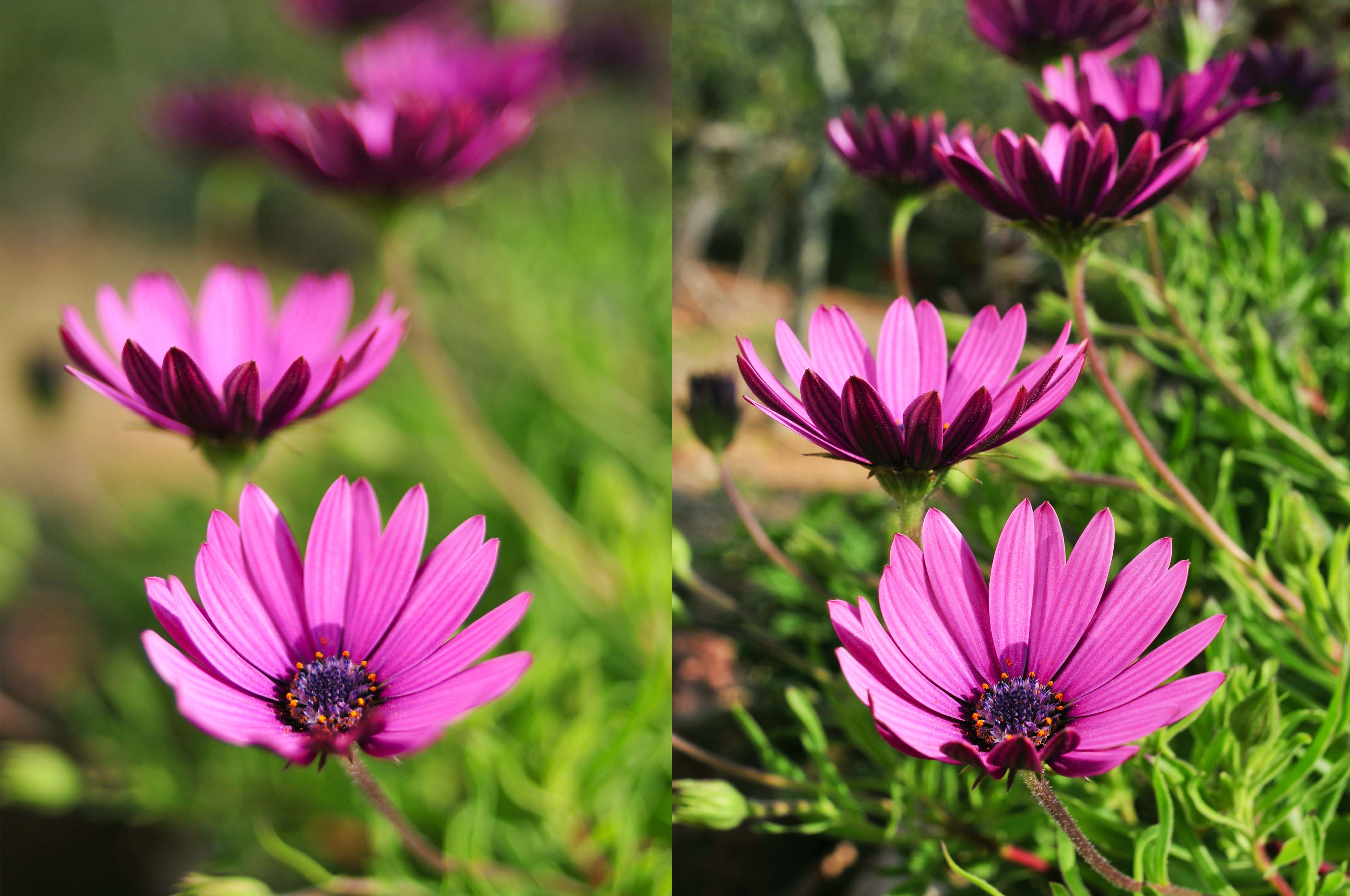Imagine a camera lens that can capture sharp, in-focus images of both the foreground and background. It might sound like a dream, but it’s actually a reality with the concept of cutout depth.
Cutout depth refers to the range of distances in front of and behind the subject that appears sharp in an image. It’s affected by three factors: aperture, focal length, and distance between the camera and subject. Understanding cutout depth will help you create images that are visually appealing and attention-grabbing.

Unveiling Cutout Depth: The Depth Of Field In Your Camera’s View
Cutout depth, also known as depth of field, is the range of distances in front of and behind a subject that appears sharp in a photograph. It’s determined by three factors: aperture, focal length, and distance between the camera and the subject.
A wide aperture (low f-number) creates a shallow cutout depth, while a narrow aperture (high f-number) creates a deep cutout depth. A longer focal length also results in a shallower cutout depth than a shorter focal length. Finally, the closer the camera is to the subject, the shallower the cutout depth.

The Essence Of Unveiling Cutout Depth: The Depth Of Field In Your Camera’s View
Cutout depth is an essential element of photography that can be used to control the focus and composition of an image. By understanding how cutout depth works, you can use it to create images that are visually appealing and attention-grabbing.
For example, a shallow cutout depth can be used to isolate a subject from the background, creating a sense of intimacy and focus. A deep cutout depth, on the other hand, can be used to create a sense of space and depth in an image.

The Evolution Of Unveiling Cutout Depth: The Depth Of Field In Your Camera’s View
The concept of cutout depth has been around for centuries, but it was not until the invention of the camera that it could be fully explored and utilized. In the early days of photography, lenses were not as sharp as they are today, and cutout depth was often limited to a few inches.
However, as technology improved, lenses became sharper, and cutout depth became more controllable. Today, photographers have a wide range of options when it comes to controlling cutout depth, and it can be used to create a variety of different effects.

The Secrets Behind Unveiling Cutout Depth: The Depth Of Field In Your Camera’s View
There are several factors that affect the cutout depth of an image. The most important factor is the aperture of the lens.
The aperture is the opening in the lens that allows light to reach the sensor. The wider the aperture, the shallower the cutout depth. Conversely, the narrower the aperture, the deeper the cutout depth.

Tips For Unveiling Cutout Depth: The Depth Of Field In Your Camera’s View
Here are a few tips for controlling cutout depth in your images:
- Use a wide aperture (low f-number) to create a shallow cutout depth.
- Use a narrow aperture (high f-number) to create a deep cutout depth.
- Use a longer focal length lens to create a shallower cutout depth.
- Move closer to the subject to create a shallower cutout depth.
Fun Facts About Unveiling Cutout Depth: The Depth Of Field In Your Camera’s View
Here are a few fun facts about cutout depth:
- The human eye has a naturally shallow cutout depth.
- Macro photography often uses a shallow cutout depth to isolate the subject.
- Landscape photography often uses a deep cutout depth to create a sense of space.

Applications Of Unveiling Cutout Depth: The Depth Of Field In Your Camera’s View
Cutout depth can be used in a variety of different applications, including:
- Portrait photography
- Macro photography
- Landscape photography
- Wildlife photography
Aftermath Of Unveiling Cutout Depth: The Depth Of Field In Your Camera’s View
If you do not have a camera that allows you to control the cutout depth, there are a few things you can do to work around it.
- Shoot in a well-lit environment.
- Use a tripod to stabilize the camera.
- Use a smaller aperture (higher f-number).

Questions And Answers About Unveiling Cutout Depth: The Depth Of Field In Your Camera’s View
Here are a few questions and answers about cutout depth:
- What is cutout depth?
- How do I control the cutout depth in my images?
- What are some tips for using cutout depth effectively?
- What are some fun facts about cutout depth?
Conclusion Of Unveiling Cutout Depth: The Depth Of Field In Your Camera’s View
Cutout depth is a powerful tool that can be used to create a variety of different effects in your photography. By understanding how cutout depth works, you can use it to control the focus and composition of your images and create more visually appealing and attention-grabbing photographs.